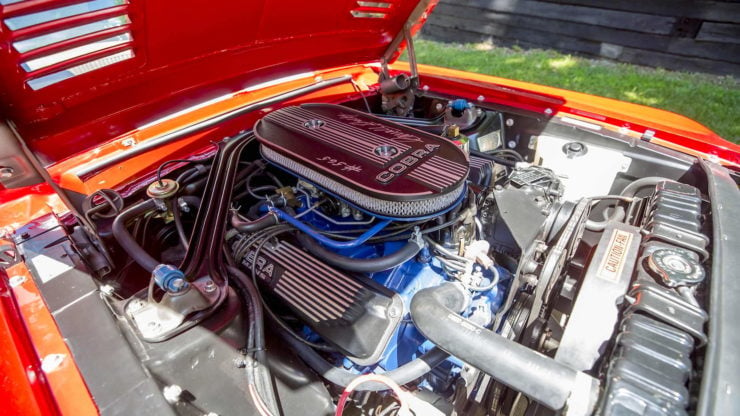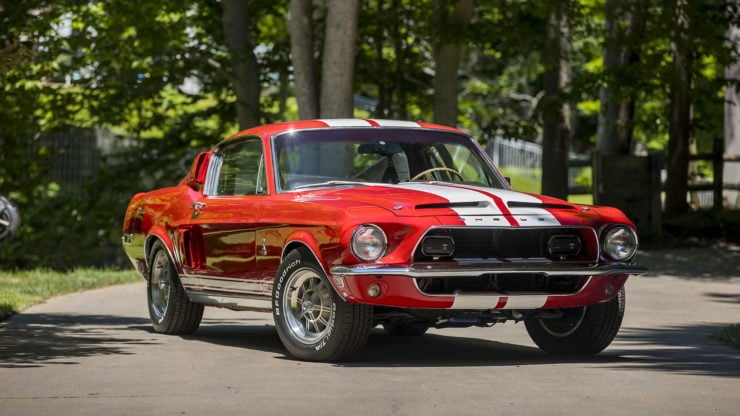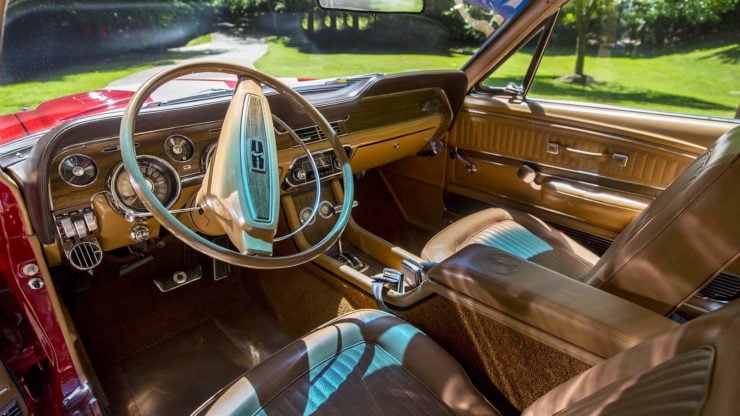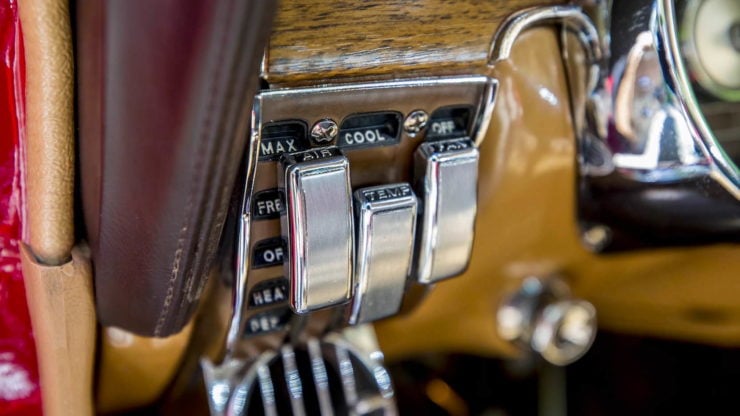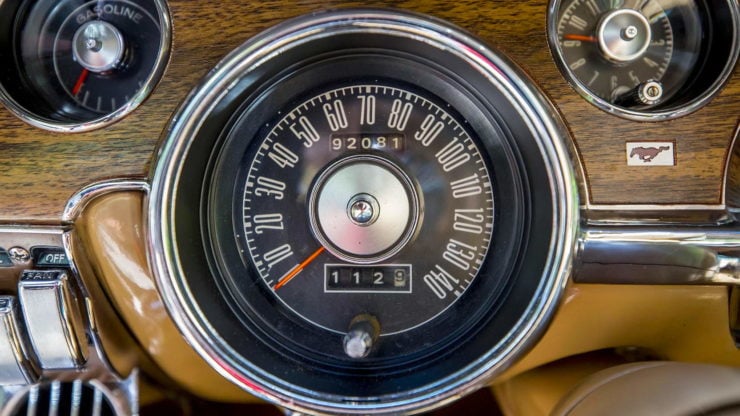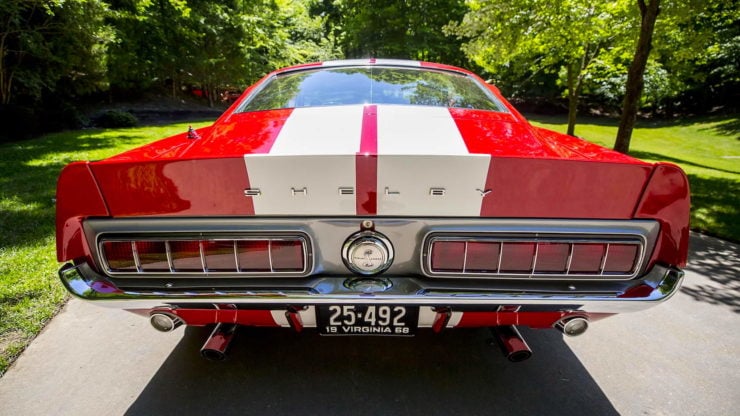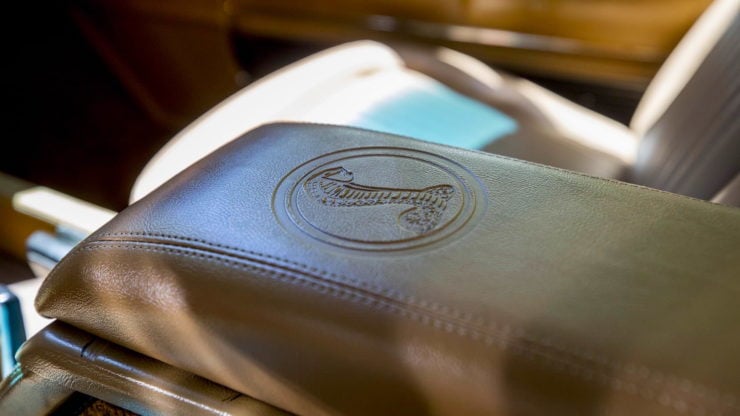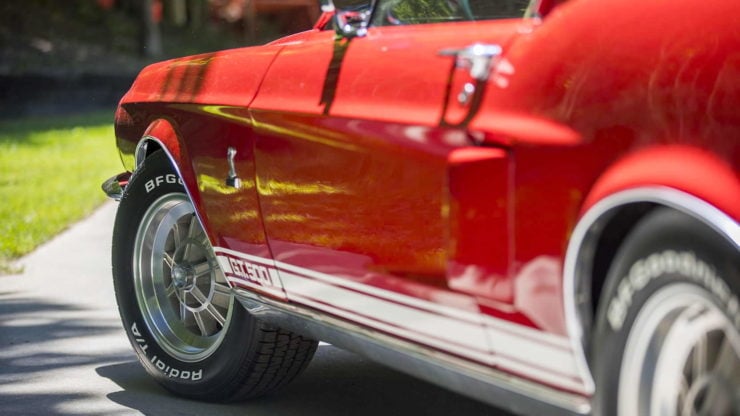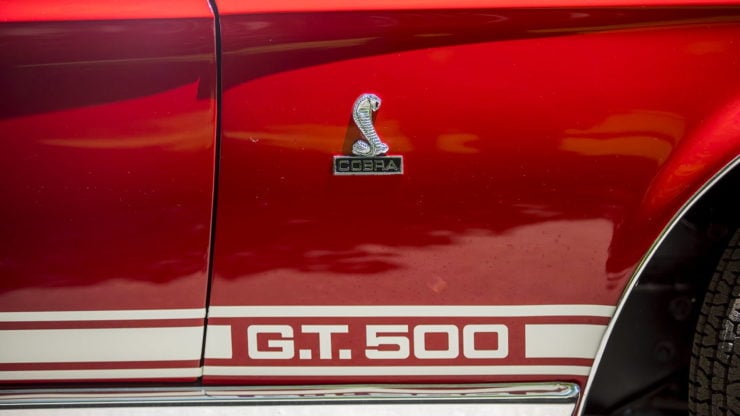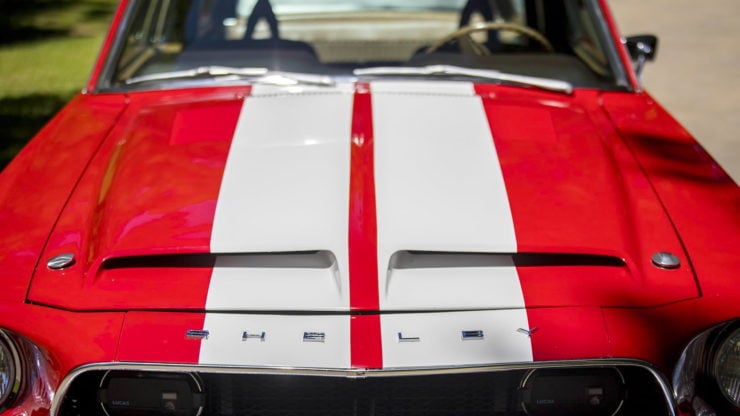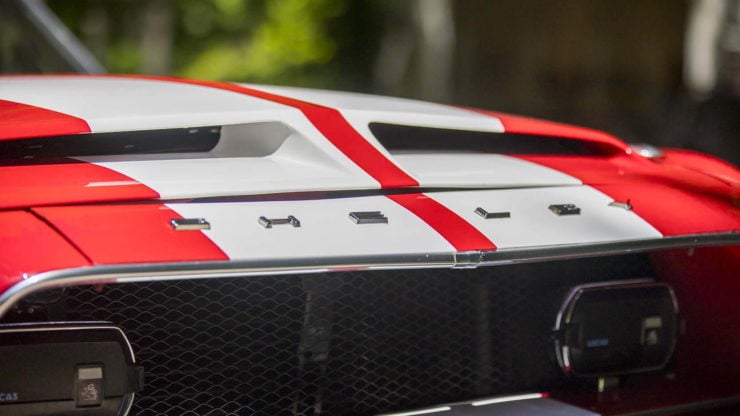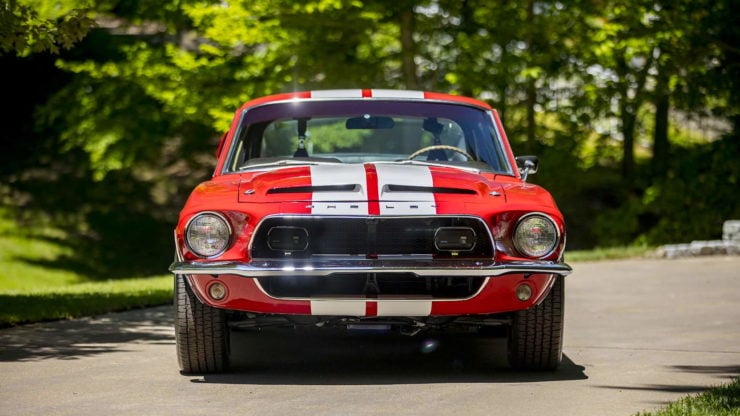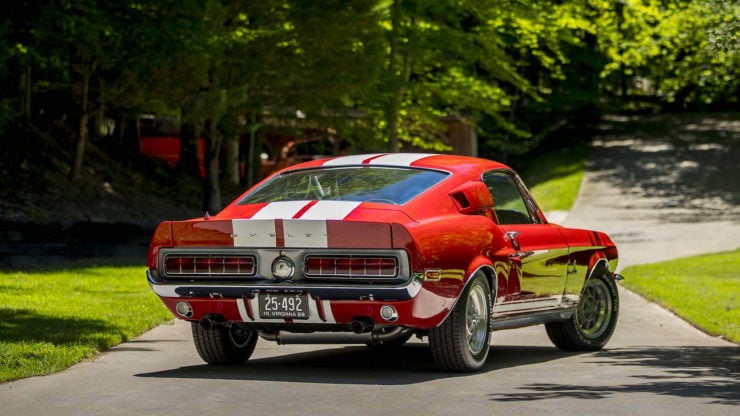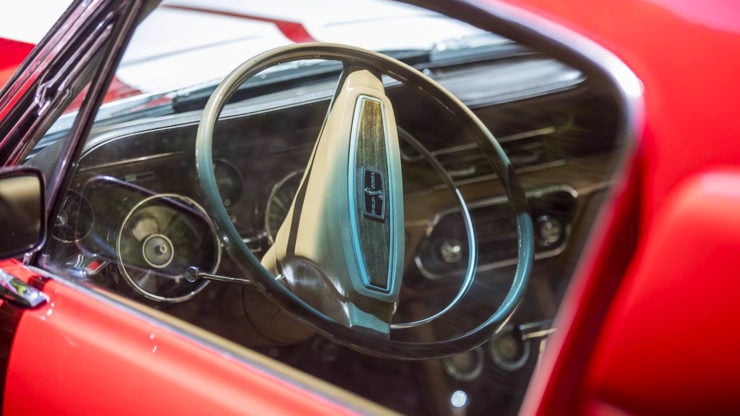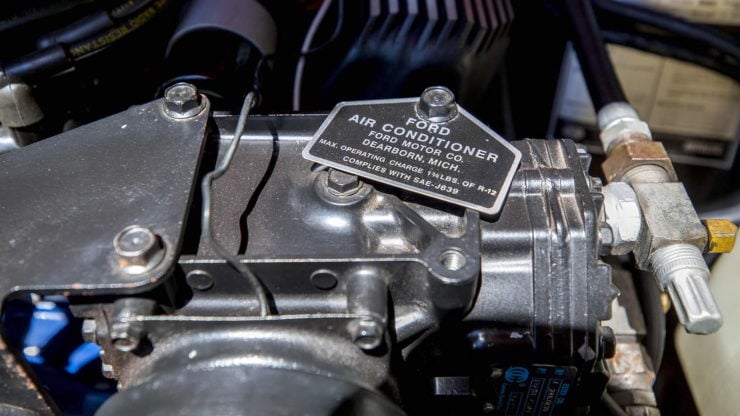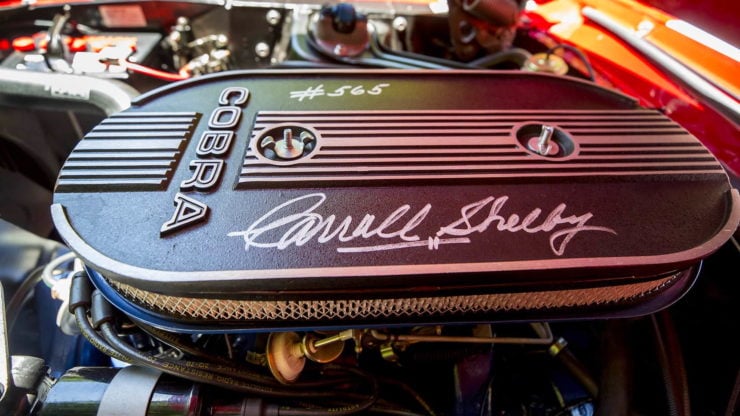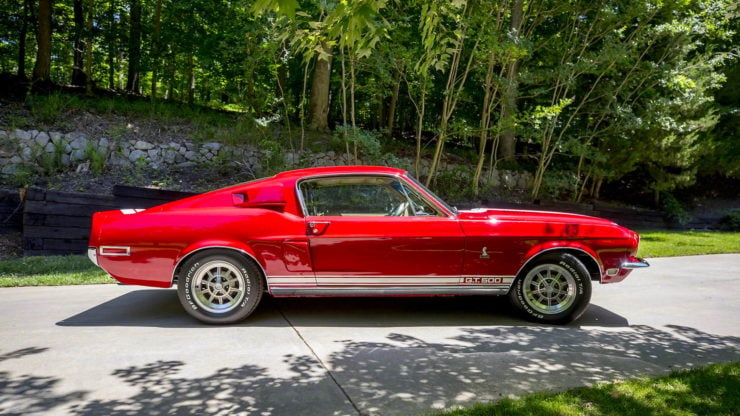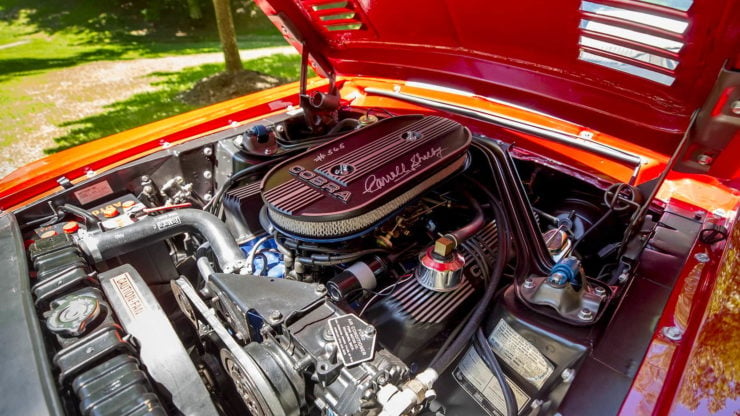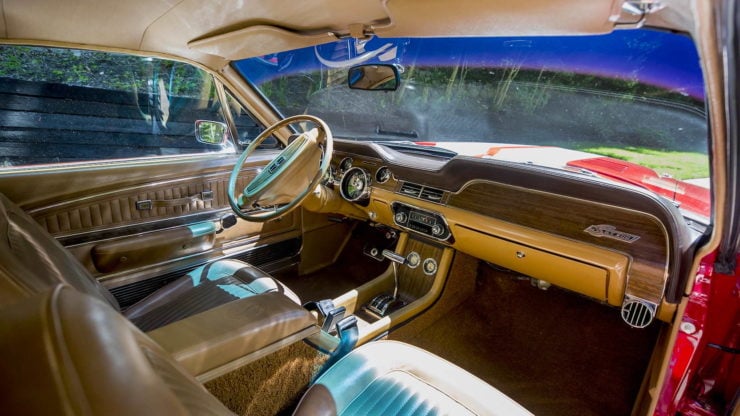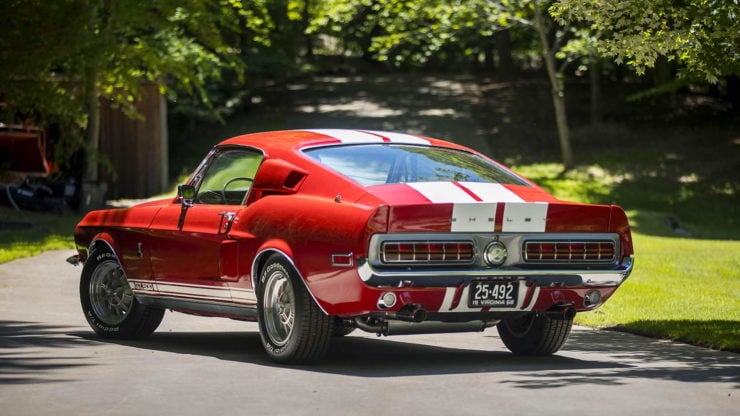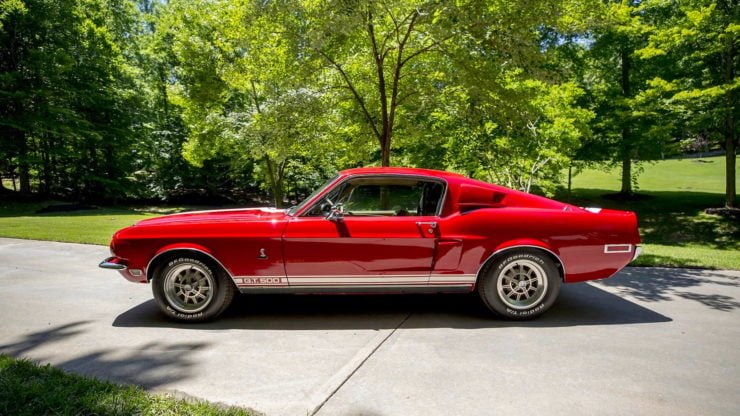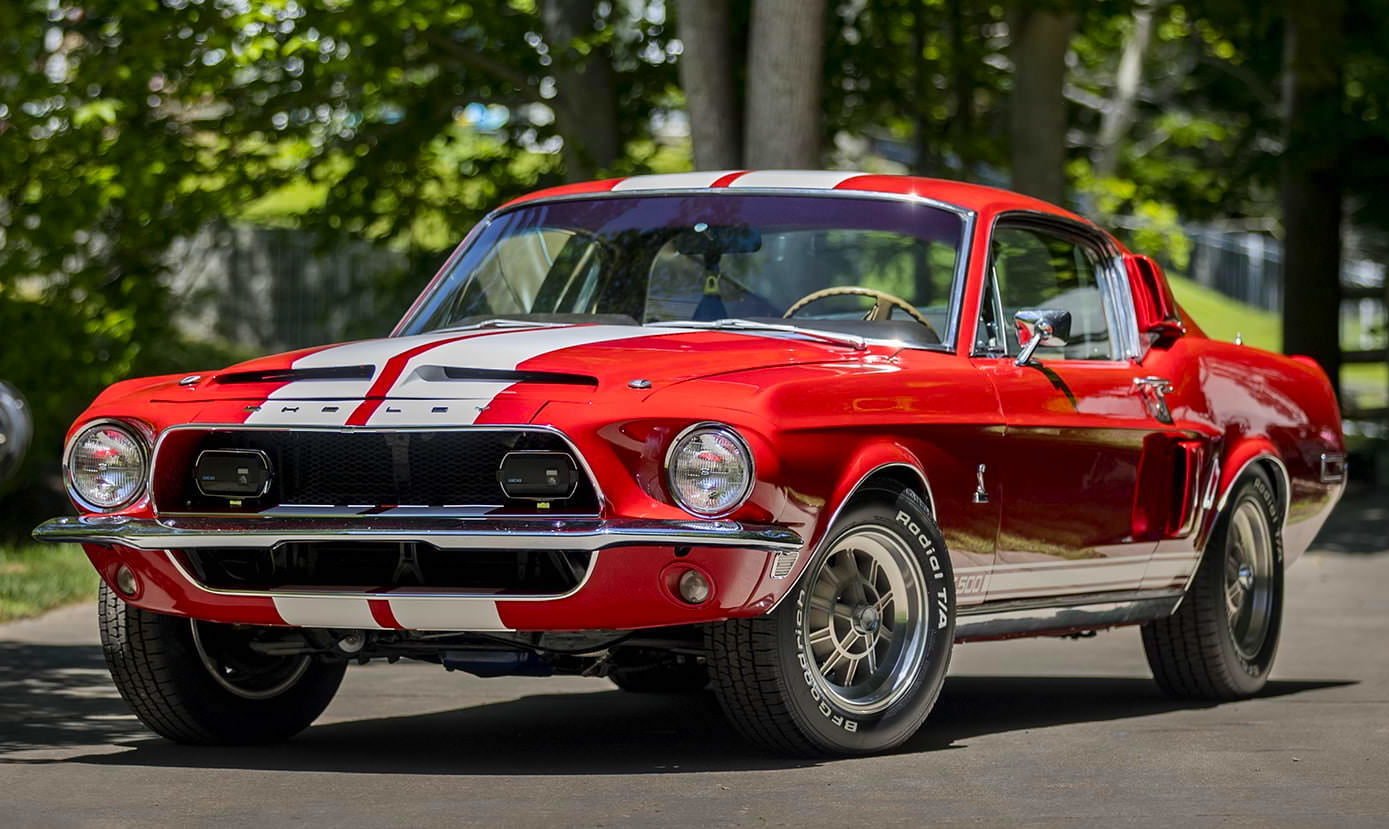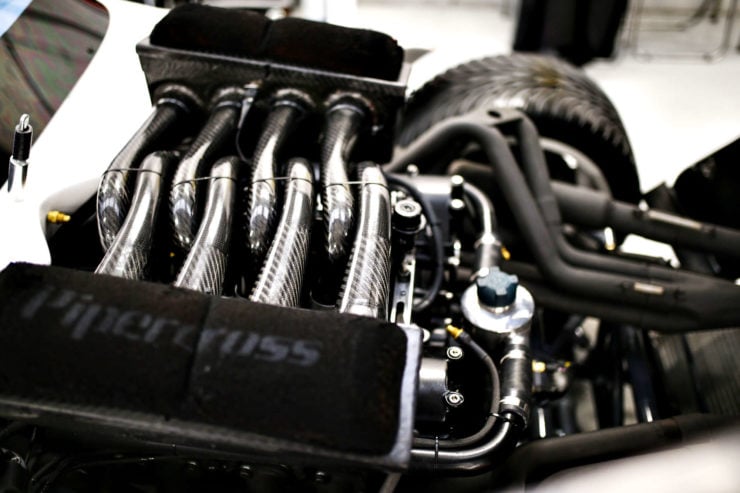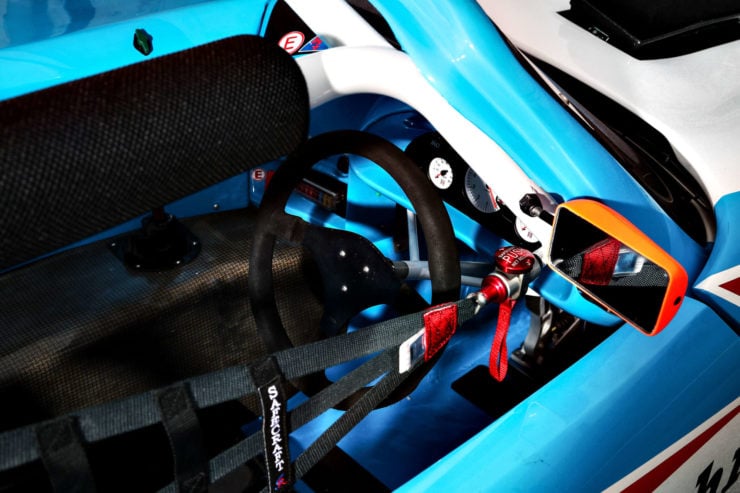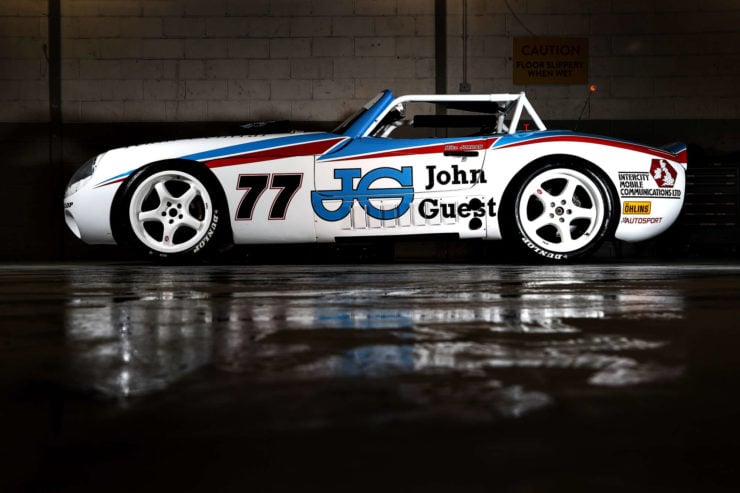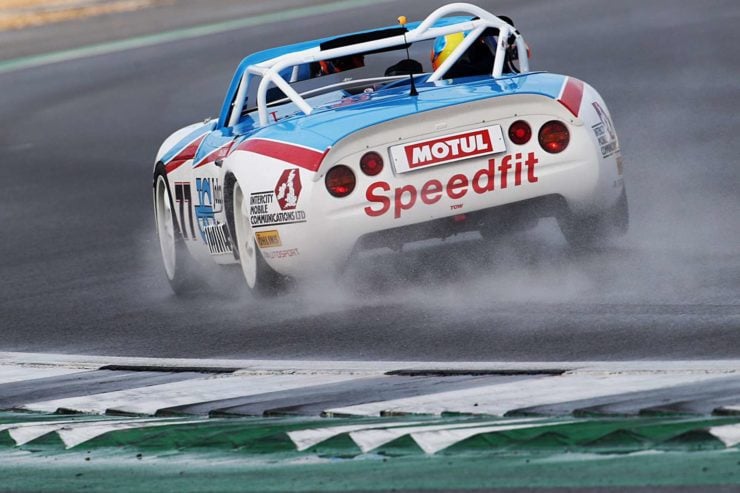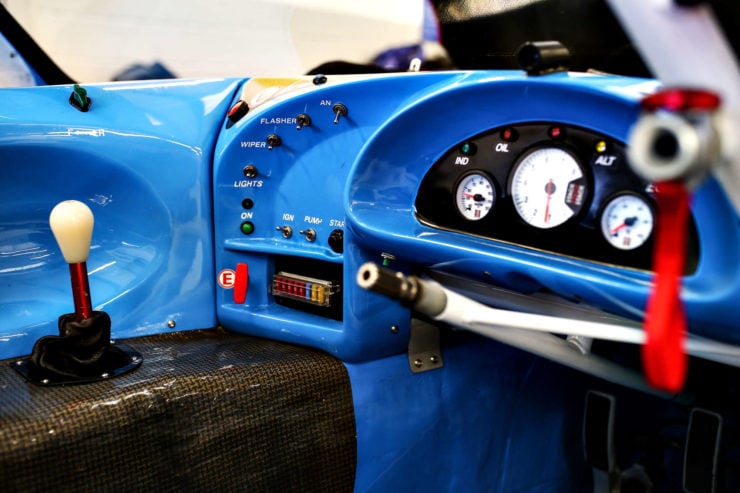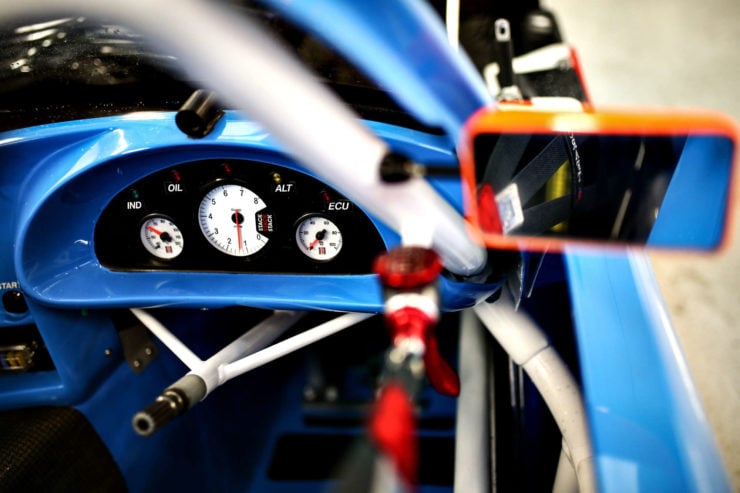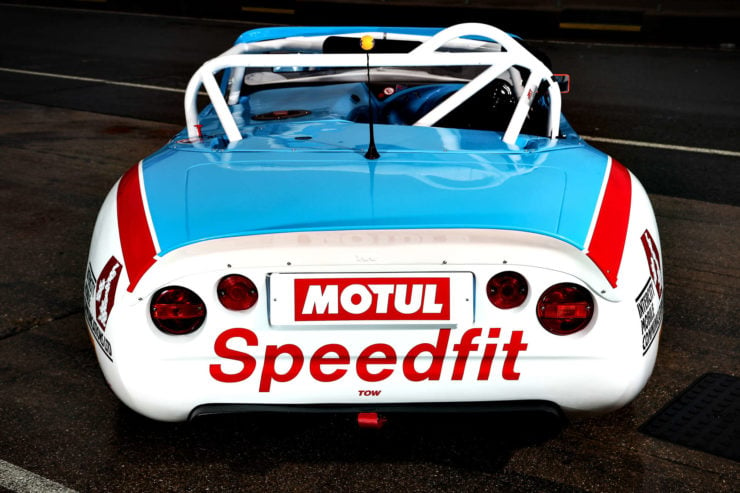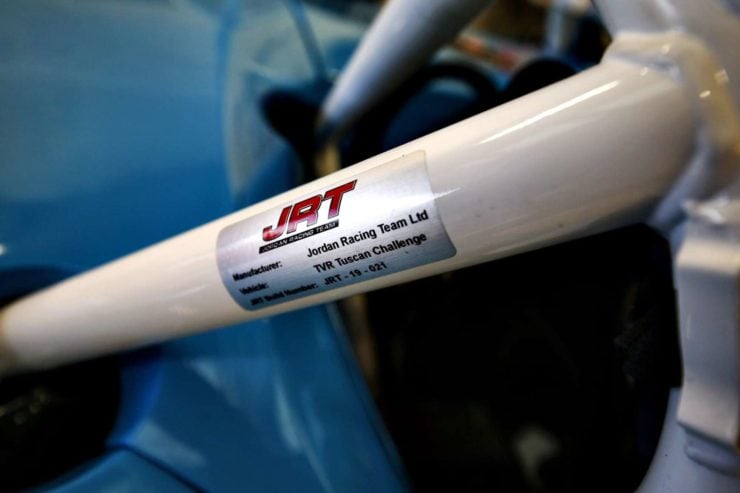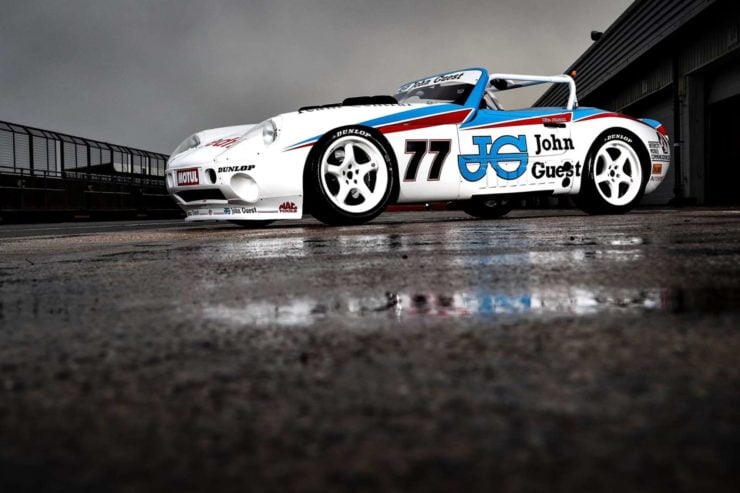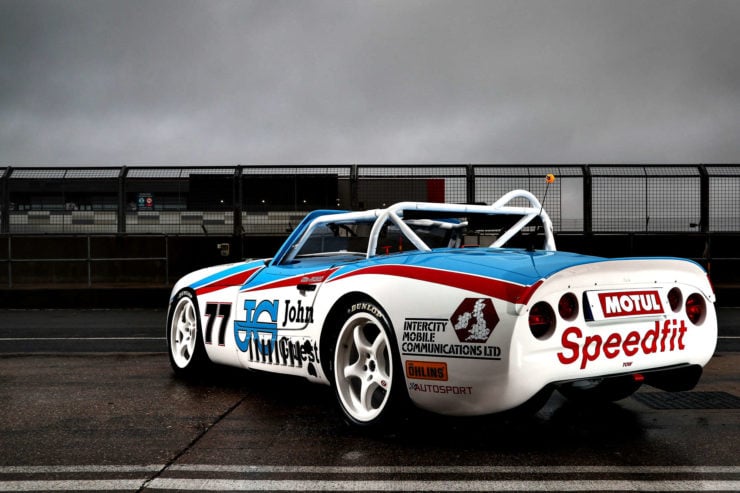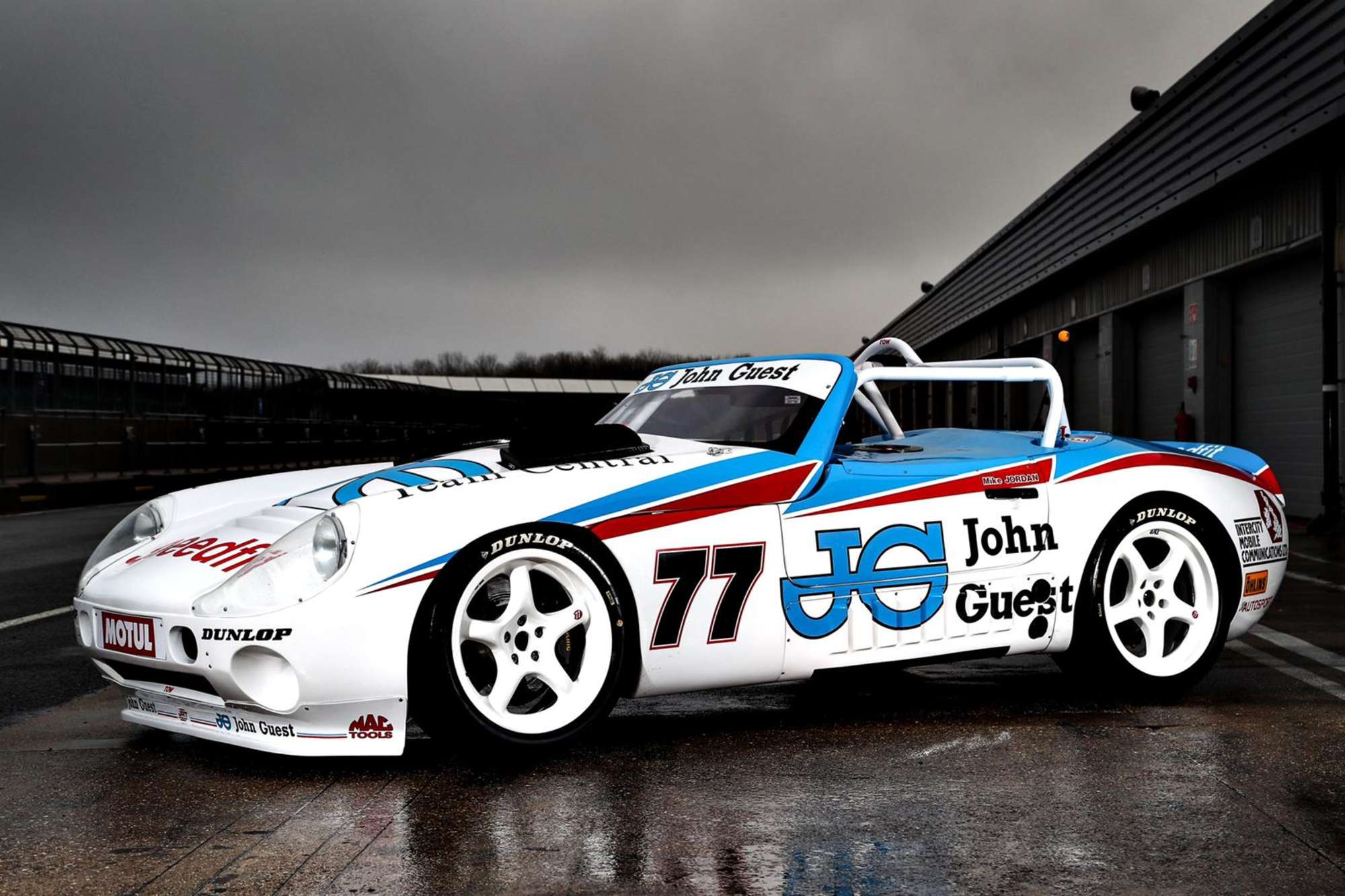This Range Rover Classic from 1983 has had a more interesting life than most, it was bought new by the Metropolitan Police in London and used by the C11 Criminal Investigation Department (CID) as an undercover surveillance vehicle.
The rear side windows were covered up, and the rear of the vehicle was used to accommodate a small radio surveillance operation, including a Storno radio base station, two early mobile phones, and a direction finding system.
Fast Facts – The Undercover Surveillance Range Rover
- The first Range Rovers were developed by the British automaker Rover to offer a more “civilized” and comfortable 4×4, for people who wanted saloon car luxury but still needed off-road capability.
- Development began in the mid-1960s, a minimalist body was designed for chassis and drivetrain testing, and a steel ladder frame chassis was designed that was fitted with coil spring suspension, live axles front and rear, and four-wheel disc brakes.
- The minimalist body that had been developed by the engineering team was deemed so good that stylist David Bache only made minor changes to it before it went into production.
- The 1983 Ranger Rover Classic you see here was bought new by the London Metropolitan Police and used by their C11 radio surveillance team. It’s now being offered for sale in Britain with an asking price of £21,995 or approximately $26,400 USD.
The Range Rover Classic
The original two-door Range Rover Classic has gone through something of a renaissance in recent years, they went from being relatively cheap and largely undesirable to being among the most collectible and expensive vintage four-wheel drives in the world.
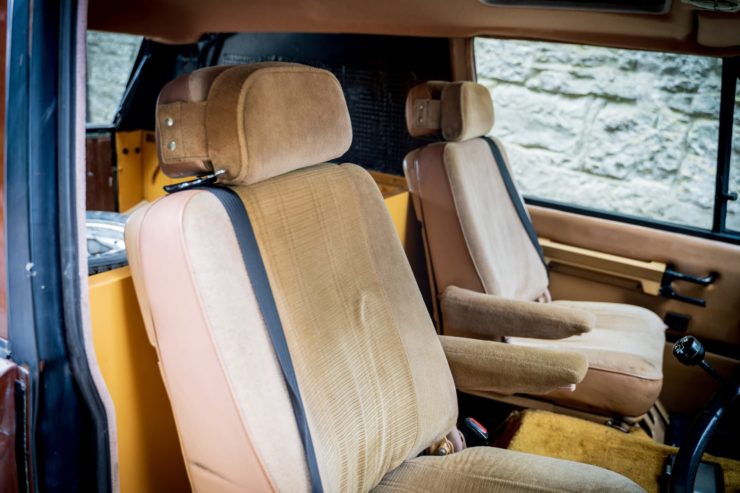
The interior of the Range Rover Classic was vastly more opulent than any other production 4×4 for sale in Britain at the time, it quickly became a favorite vehicle of the wealthy.
The original Range Rovers are now known as the Range Rover Classic, a name retroactively applied when they were briefly sold in parallel with then-new Range Rover P38A in 1995.
These first Range Rovers are largely responsible for the modern day luxury SUV craze, alongside the Jeep Wagoneer, these vehicles offered luxury saloon car comfort with off-road ability – a combination that’s still proving popular today many decades later.
The earliest versions of the Range Rover had two-doors with comfortable seating for five adults and space for cargo in the back. The interiors were fully carpeted and upholstered, the seats were plush, and road noise deadening was vastly superior to the more minimalistic Land Rovers of the era.
In order to ensure that the Range Rover platform was as future-proof as possible it was developed with coil springs front and back, four-wheel disc brakes, a full-time four-wheel drive system, and it was all powered by the all-aluminum Rover V8.
The Luxury SUV Is Created
When it was released in 1969 the Range Rover became an overnight success, it proved particularly popular with the British aristocracy and those of significant financial means.
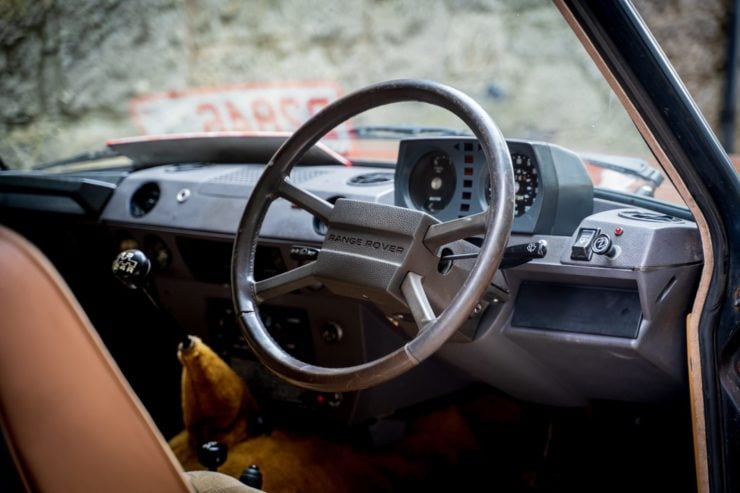
The off-road ability of the first Range Rover was excellent, it had a high-torque Rover V8 engine, full-time four-wheel drive, high and low range, front and rear live axles, and coil spring suspension that offered good wheel articulation.
This formerly untapped market has now grown to the point that almost every luxury automaker in the world has SUVs in their model ranges including Rolls-Royce, Lamborghini, Aston Martin, Jaguar, Maserati, all soon to be joined by Ferrari and Lotus.
Although it was designed to be comfortable, great care was taken to ensure that the Range Rover would be a good performer off-road. With its live axles, high and low range, excellent ground clearance, high-torque V8 engine, and long travel coil spring suspension the Range Rover was better off-road than many Land Rovers of the period.
Perhaps the ultimate test of off-road ability is the Paris-Dakar Rally – modified examples of the Range Rover won the 4×4 class of the first Dakar in 1979, then did it again two years later in 1981.
Original Range Rovers are now highly collectible, two-door models tend to fetch significantly more than the more common four-door models, and some restored examples have sold for low six figure sums.
The Ex-London Police Range Rover Shown Here
The Range Rover you see here is immediately noticeable for the covered rear windows, not something we’re used to seeing on the famously open greenhouse of the RRC.
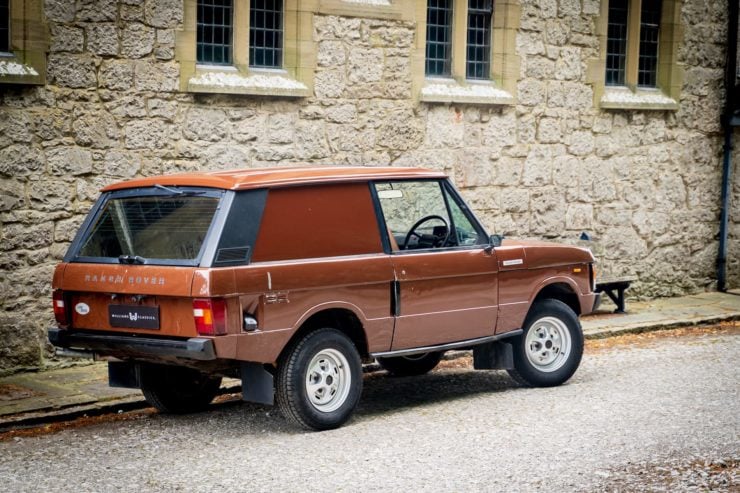
The covered rear windows used to hide a radio surveillance operator, it’s likely that very few would have suspected a Range Rover would be used for clandestine police activity.
As mentioned up top, the reason for the covered windows is that the back end of this vehicle used to house a radio surveillance operator, the rear window presumably had a curtain of some sort as well as the front partition.
Given the off-road ability of the Range Rover, this surveillance vehicle would have been able to operate essentially anywhere, and it was apparently equipped with a full set of Ordnance Survey maps, so that in the days before GPS and Google Maps it could be used anywhere on the UK mainland.
This RRC was originally equipped with a Storno radio base station, it also had a bench and a chair for the operator, two early mobile phones, and a direction finding system. Up on top it had a Clark mast and a roof rack lined with plywood to give access to the mast when needed.
It was sold out of police ownership into private hands in 1998 with just 36,000 miles on the odometer. It’s now for sale courtesy of Williams Classics in Conwy, North Wales with ash asking price of £21,995 or approximately $26,400 USD.
If you’d like to read more about this unusual Range Rover Classic or enquire about buying it you can visit the listing here.
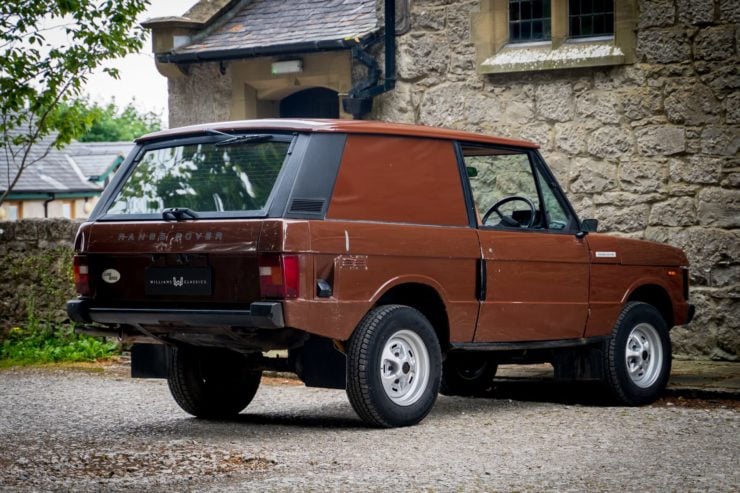
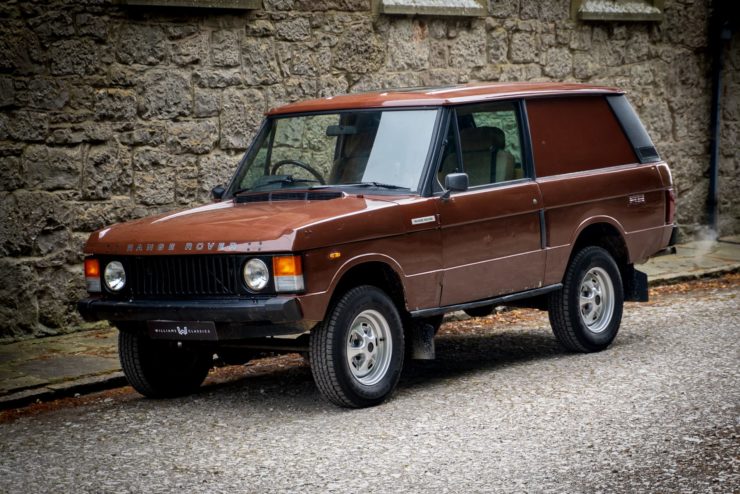
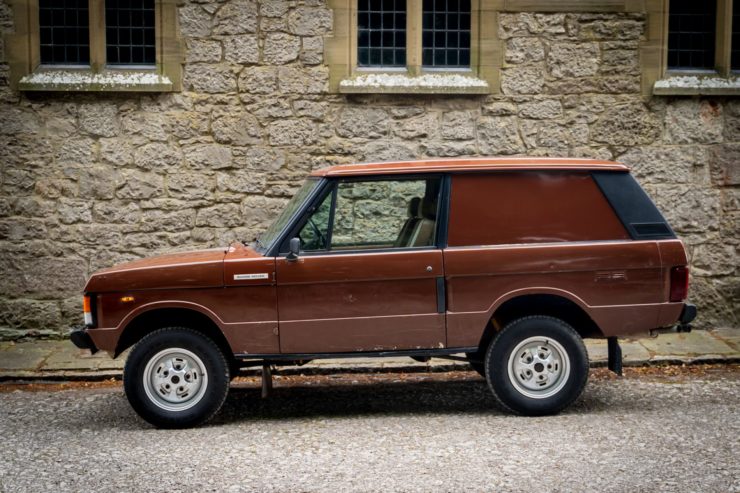
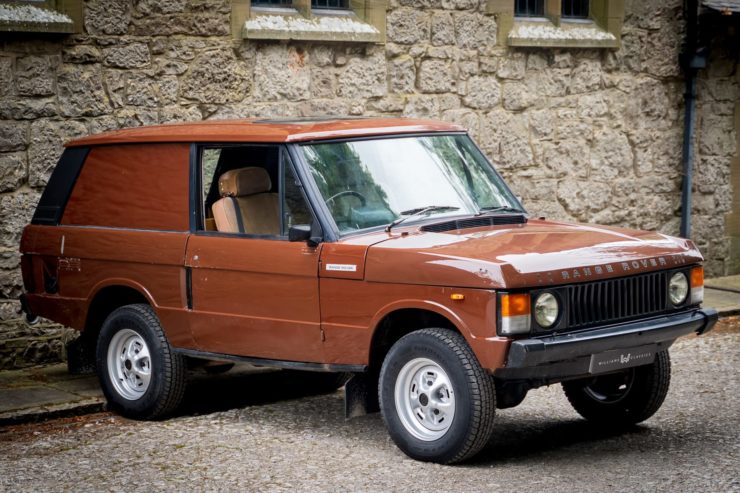
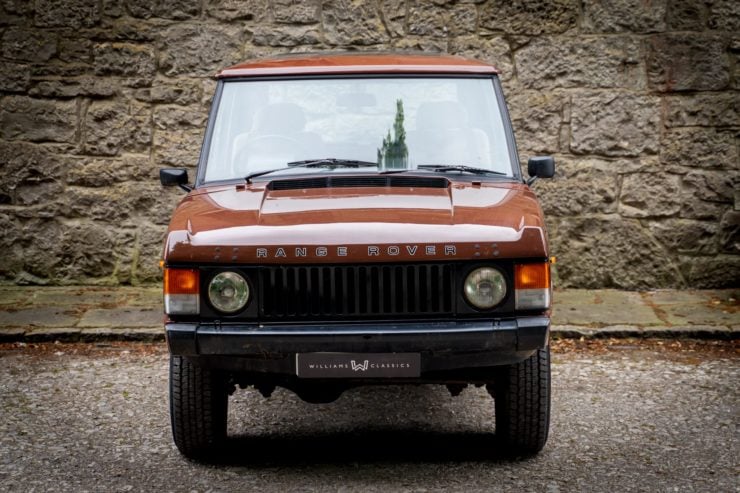
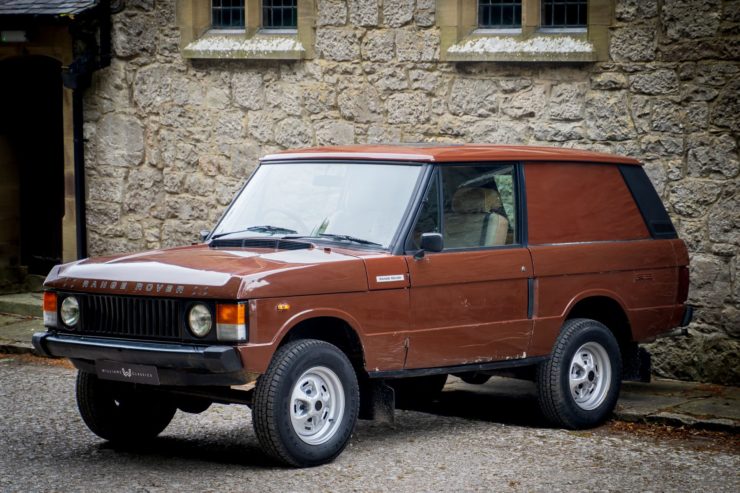
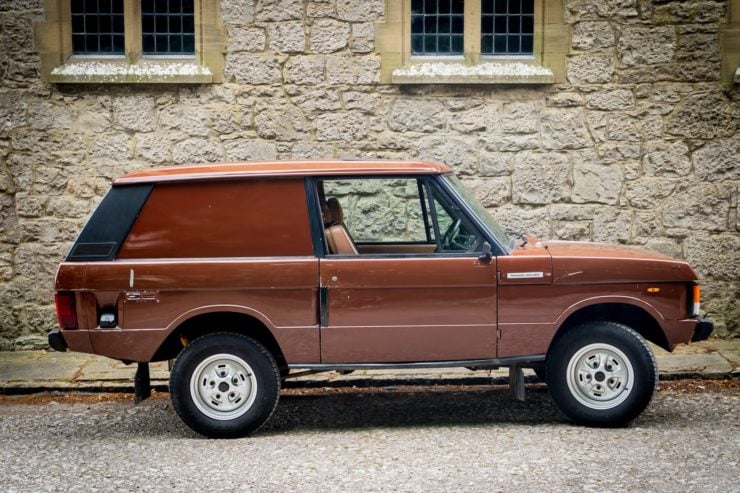
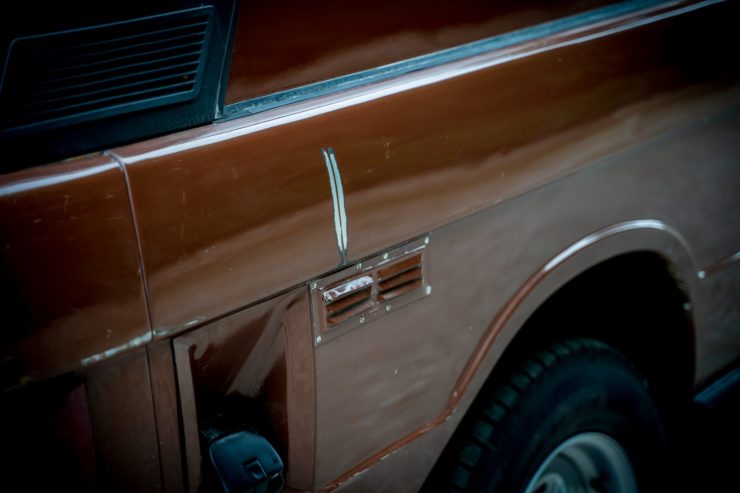
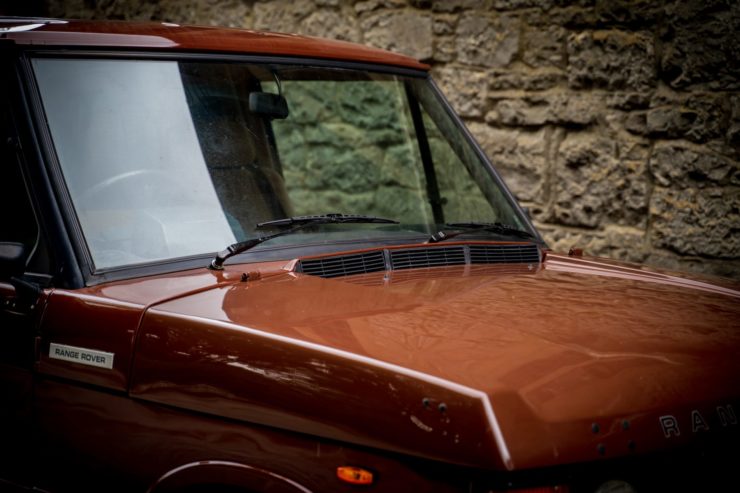
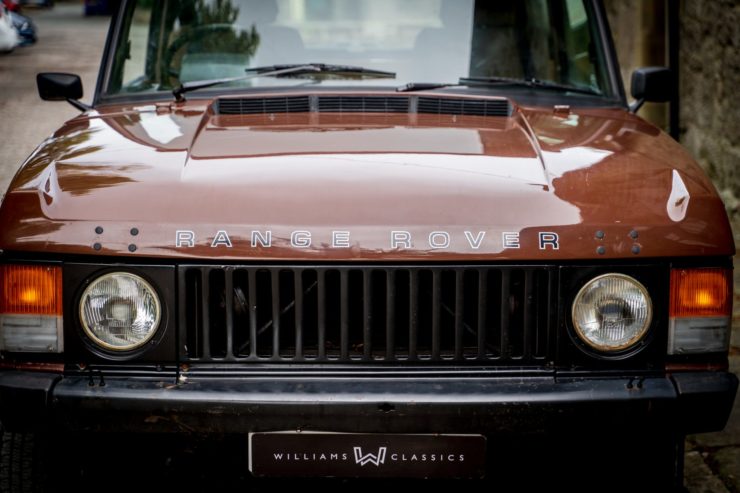
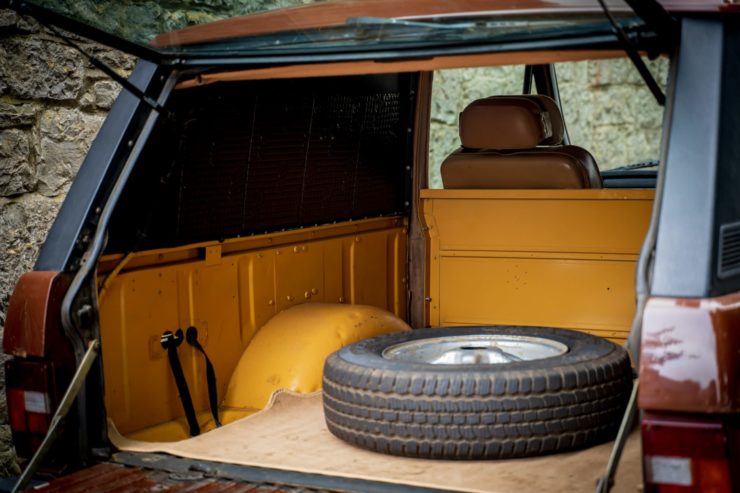
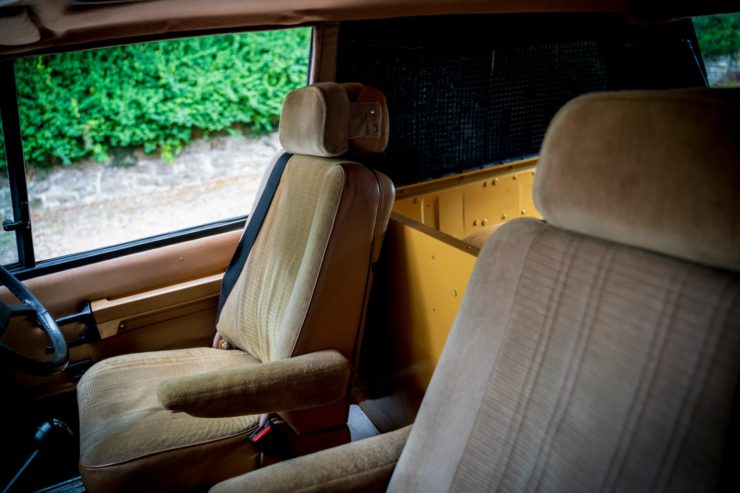
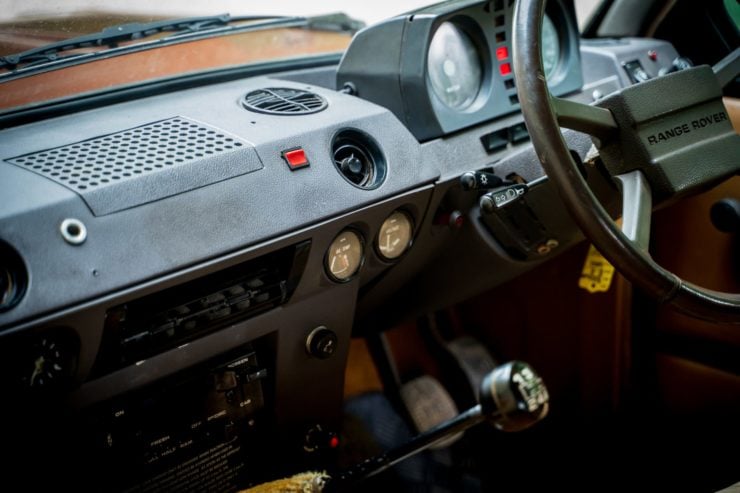
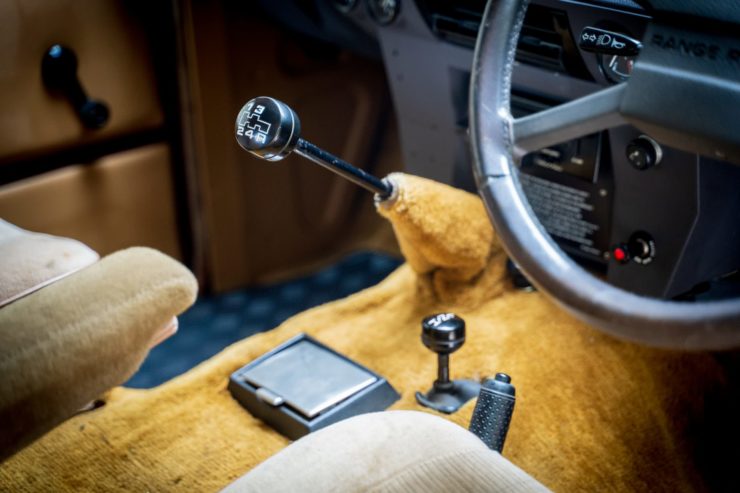
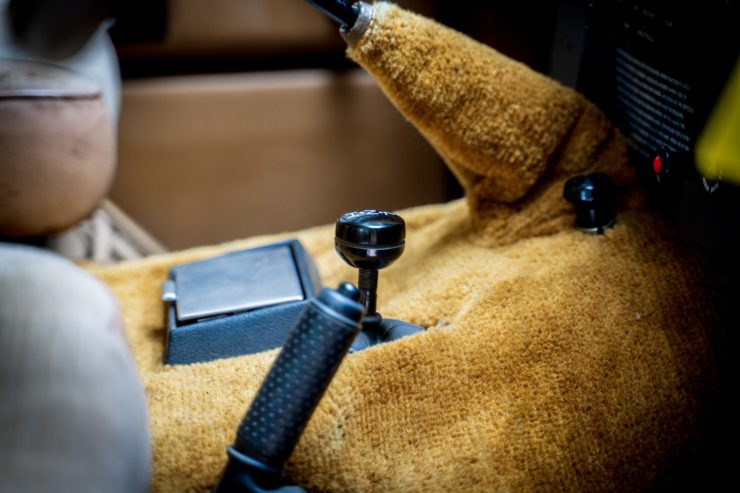
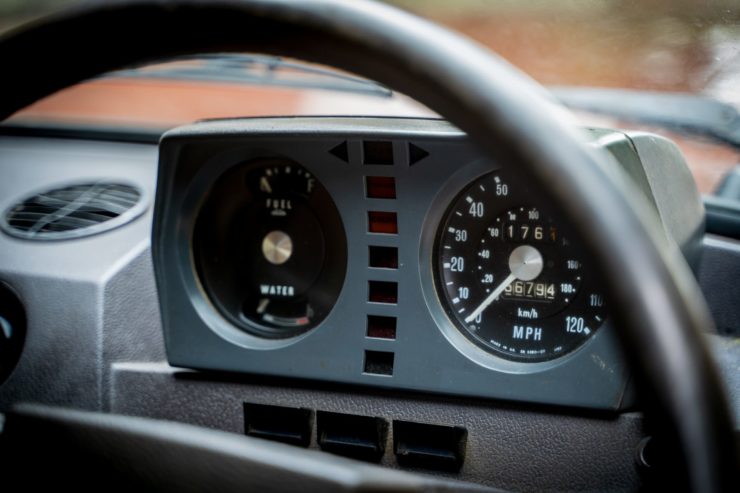
Images courtesy of Williams Classics.
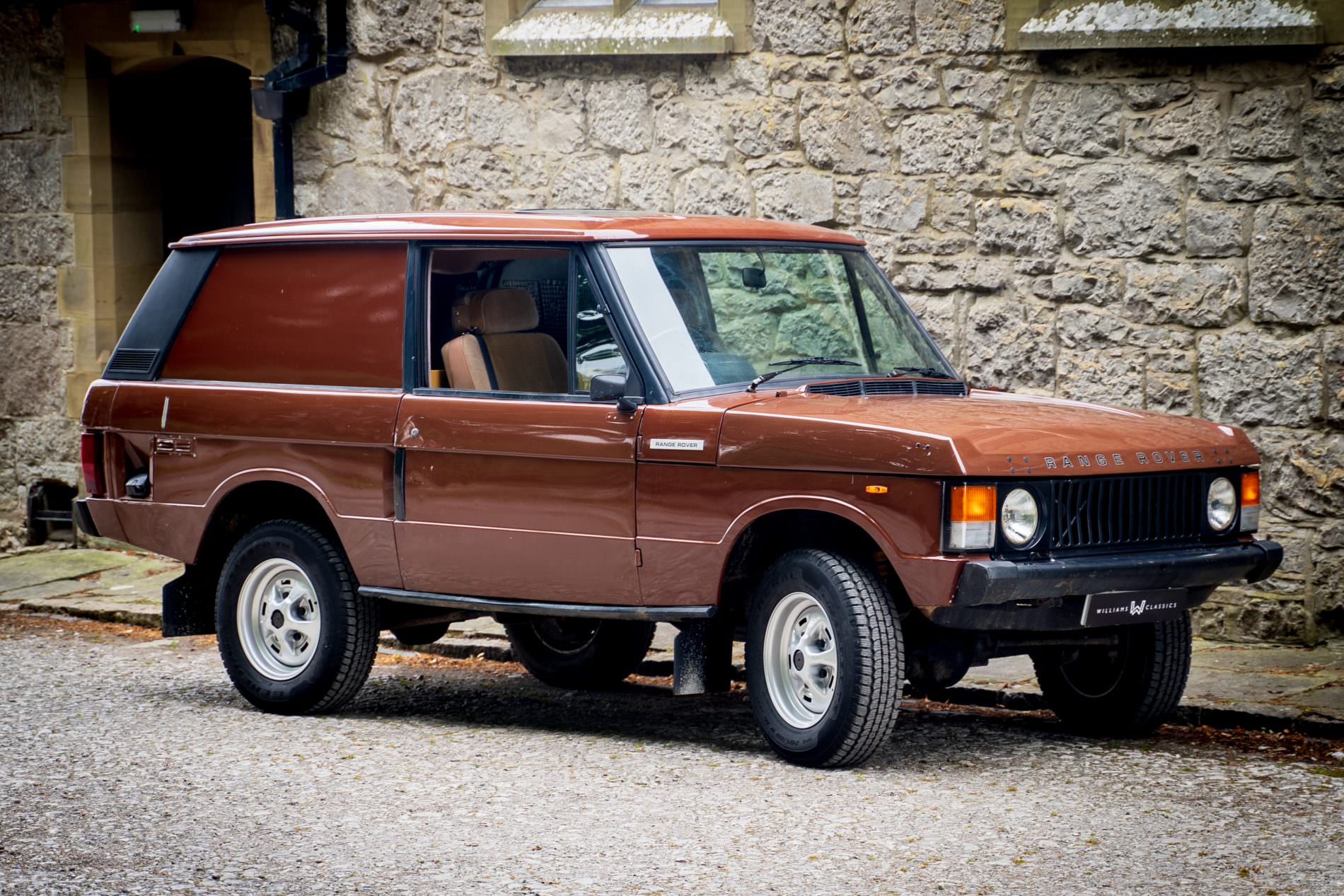
The post For Sale: An Ex-London Police Undercover Surveillance Range Rover appeared first on Silodrome.
from Silodrome https://silodrome.com/police-undercover-surveillance-range-rover/
via gqrds
